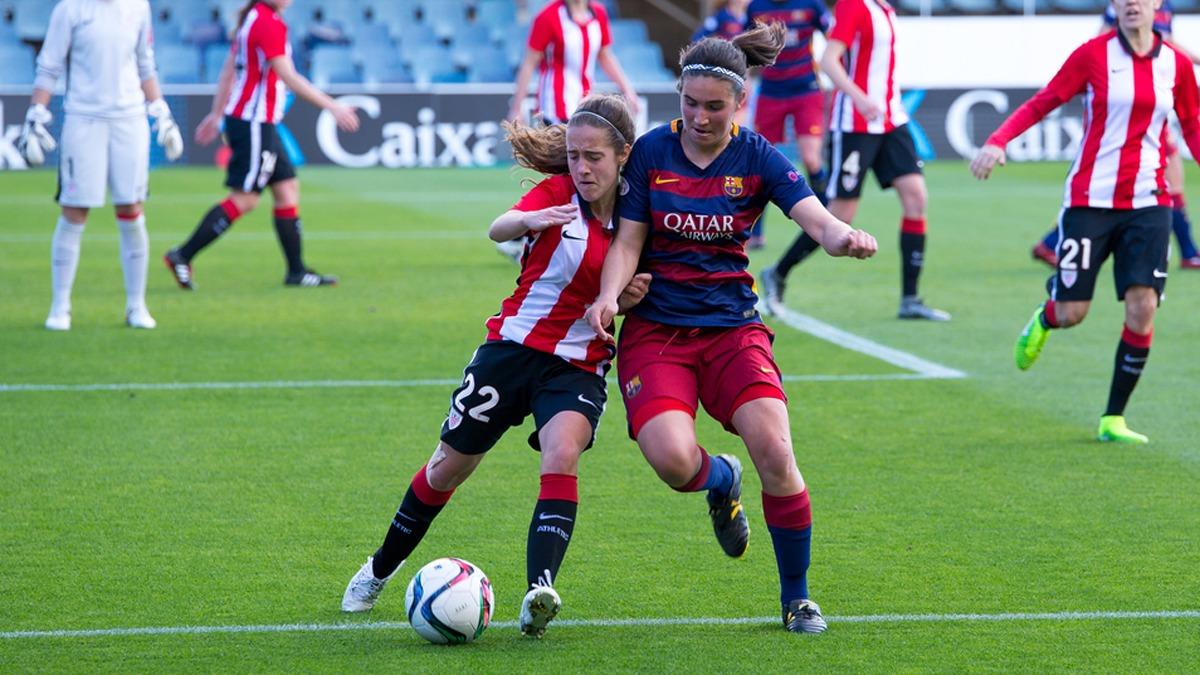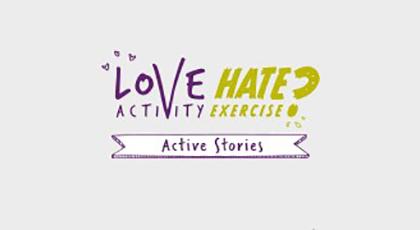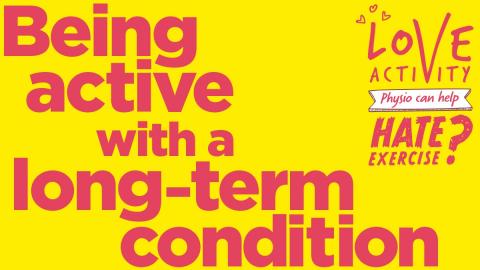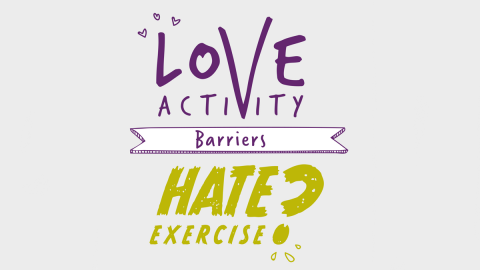From dislocated shoulders to broken metatarsals, physiotherapy helps with a host of common football injuries. Get the expert view below.
On this page:

Dislocated shoulder
What is it?
This occurs when a player’s arm is pulled or forced from its joint in the shoulder, most commonly in a fall or a collision with another player.
How does physiotherapy treat a dislocated shoulder?
The shoulder will be reduced and depending on the severity of the dislocation, can be surgically stabilised. Intensive physiotherapy treatment will follow, working on flexibility, muscle strengthening and confidence, to ensure the shoulder does not dislocate again.
How long is the recovery?
There are several different types of shoulder dislocation, relating to the direction of the dislocation. Anterior dislocations make up around 95% of all dislocations. Recovery will take around 2-6 months, depending on the severity and whether surgery is necessary.
Dislocated shoulder: famous football examples
England winger Theo Walcott suffered a series of dislocations earlier in his career, and Chelsea keeper Petr Cech dislocated his shoulder in a Champion’s League semi-final this year.
Groin strain
What is it?
This is a strain of the adductor muscles on the inside of the thigh and occurs when they are stretched beyond their limits and the muscle tissue tears. This can happen when players are stretching for the ball or side-stepping.
How does physiotherapy treat groin strain?
Immediate treatment will involve the ‘PRICE’ protocol (protection, rest, ice, compression and elevation). The aim here is to reduce the bleeding and swelling from the injury site. This will also help with pain and can last for around three days.
Following this, the rehabilitation period will include gentle stretching, soft tissue work and muscle strengthening. Once properly healed, the player can start football specific drills, including jumping, running and sprinting.
For safety and to reduce the risk of re-injury, players should complete rehabilitation under the guidance of a chartered physiotherapist.
How long is the recovery?
Muscle strains can be categorised into three grades. A grade one adductor strain involves 5-10% of the muscle fibres. This will tend to require 1-2 weeks rest before a player can return. A grade two strain is more extensive, including a greater number of muscle fibres.
Players will tend to be out for 3-6 weeks in this case. A grade three muscle strain is a severe tear involving most or all (rupture) of the muscle fibres. These players may require surgery and could be out for 3-4 months.
Groin strain: famous football examples
England captain Steven Gerrard recovered from a mild groin injury leading into the World Cup.
Hamstring strain
What is it?
The hamstrings are a group of four muscles found at the back of the thigh. These muscles bend the knee. When they are overstretched the muscle fibres can tear leading to a strain. These muscles tend to tear during explosive or rapid movements such as sprinting.
How does physiotherapy treat hamstring strain?
Immediate treatment will involve the ‘PRICE’ protocol (protection, rest, ice, compression and elevation). The aim here is to reduce the bleeding and swelling from the injury site. This will also help with pain and can last for around three days.
Following this, the rehabilitation period will include gentle stretching, soft tissue work and muscle strengthening. Once properly healed, the player can start football specific drills, including jumping, running and sprinting.
For safety and to reduce the risk of re-injury, players should complete rehabilitation under the guidance of a chartered physiotherapist.
How long is the recovery?
Muscle strains can be categorised into three grades. A grade one hamstring strain will involve around 5-10% of the muscle fibres. This will tend to require 1-2 weeks rest before a player can return.
A grade two strain is more extensive, including a greater number of muscle fibres. Players will tend to be out for 3-6 weeks in this case. A grade three muscle strain is a severe tear involving most or all (rupture) of the muscle fibres. These players may require surgery and could be out for 3-4 months.
Hamstring strain: famous football examples
Michael Owen suffered multiple severe hamstring injuries throughout his career, while Spain’s Diego Costa recovered from a strain in time to play in the World Cup.
Thigh (quadriceps) strain
What is it?
This is where a tear occurs in the quadriceps group of muscles found on the front of the thigh that are responsible for straightening the leg, ie, when kicking a ball.
How does physiotherapy treat thigh (quad) strain?
Immediate treatment will involve the ‘PRICE’ protocol (protection, rest, ice, compression and elevation). The aim here is to reduce the bleeding and swelling from the injury site. This will also help with pain and can last for around three days.
Following this, the rehabilitation period will include gentle stretching, soft tissue work and muscle strengthening. Once properly healed, the player can start football specific drills, including jumping, running and sprinting.
For safety and to reduce the risk of re-injury, players should complete rehabilitation under the guidance of a chartered physiotherapist.
How long is the recovery?
Muscle strains can be categorised into three grades. A grade one thigh strain will involve around 5-10% of the muscle fibres. This will tend to require 2-3 weeks rest before a player can return. A grade two strain is more extensive, including a greater number of muscle fibres.
Players will tend to be out for 3-6 weeks in this case. A grade three muscle strain is a severe tear involving most or all (rupture) of the muscle fibres. These players may require surgery and could be out for 3-4 months.
Thigh (quadriceps) strain: famous football examples
Man United’s Robin Van Persie and Man City’s Vincent Kompany both missed a number of games with this injury.
Meniscus injury
What is it?
There are two meniscus (a type of cartilage) in the knee. Kidney shaped, they provide a cushion between the upper and lower leg bones and can be pinched and torn under pressure. This tends to happen during twisting movements.
There are many different types of meniscal tear, including a ‘bucket handle’, ‘radial’, ‘parrot beak’ and ‘horizontal cleavage’ tear. Each tear will alter the biomechanics of the knee and therefore can cause irritation, swelling and pain.
How does physiotherapy treat meniscus injury?
Dependent on the severity of the tear, it can irritate or cause the knee joint to lock. Sometimes following the initial swelling symptoms resolve, and other times surgery is required. In this case, the meniscus is either repaired or trimmed.
Following surgery, the player will have intensive physiotherapy in order to control swelling, pain and increase muscle activation. This may include hydrotherapy and anti-gravity treadmill training initially, before starting football specific drills.
It is important that the rehabilitation is supervised by a chartered physiotherapist to reduce the risk of re-injury.
How long is the recovery?
A player may be expected to return to play within 4-6 weeks, depending on the severity of injury and the surgery.
Meniscus injury: famous football examples
Liverpool’s Uruguayan striker Luis Suarez underwent intensive physiotherapy to get fit in time for the World Cup. Other players to suffer the injury in recent times include Fernando Torres, John Terry and Phil Jones.
Anterior cruciate ligament (ACL) injury
What is it?
This is the supporting ligament in the knee joint that enables twisting and turning movements. It can tear or completely rupture during an awkward landing or fall, or under impact of a tackle.
How does physiotherapy treat anterior cruciate ligament injury?
Rehabilitation following ACL injury is long and intensive. It is a staged process to ensure the repair (graft) does not fail from early stressors. Initial treatment will include electrical muscle stimulation, hydrotherapy, anti-gravity treadmill work and exercises for flexibility.
Football specific drills will be introduced later, starting with straight line running. Pivoting and quick turns will be introduced towards the latter stages of rehab, as these put the newly repaired ligament under the most stress. It is crucial that the player’s rehabilitation is closely monitored and progressed by a chartered physiotherapist to reduce the risk of re-injury.
How long is the recovery?
You could expect a player to be sidelined for 6-9 months with an ACL injury. The intensive rehabilitation a player receives may lead to a quicker return than expected.
Anterior cruciate ligament injury: famous football examples
Two England internationals have been struck down by ACL injuries in the run up to the world cup. The luckless Theo Walcott suffered his injury against Spurs in January, followed by Southampton striker Jay Rodriguez later in April.
Medial collateral ligament (MCL) sprain
What is it?
This is the ligament that joins the thigh bone and the shin bone and is found on the inner side of the knee joint. As with the ACL, it can be torn through twisting or impact.
How does physiotherapy treat medial collateral ligament sprain?
Immediate treatment will involve the ‘PRICE’ protocol (protection, rest, ice, compression and elevation). The aim here is to reduce the bleeding and swelling from the injury site. This will also help with pain and can last for around three days.
As the ligaments start to heal, the player will be encouraged to put more weight through the ankle joint. The physio will then work with the player on their balance, co-ordination and muscle strength to get them back to match fitness and football specific drills.
They may use bracing techniques to support the joint during rehabilitation. It is important that the rehabilitation is guided by a chartered physiotherapist to reduce risk of re-injury.
How long is the recovery?
MCL sprains can be categorised into three types. A grade one sprain is categorised as a mild sprain of the ligaments. Grade two is a partial tear of the ligament(s) and may result in some ‘looseness’ at the joint.
Grade three is a complete tear of the ligament which results in gross instability and may require surgery. Dependent on the type and grade of sprain, a player may be out for up to 6 months.
Medial collateral ligament sprain: famous football examples
Alex Oxlade-Chamberlain experienced a mild MCL sprain following a collision with a player in a World Cup warm-up against Ecuador.
Calf strain
What is it?
The calf is at the back of the lower leg and is made up of two key muscles which enable players to push off and run. Like other muscles, the calf can be torn and strained when stretched beyond its limits.
How does physiotherapy treat calf strain?
Immediate treatment will involve the ‘PRICE’ protocol (protection, rest, ice, compression and elevation). The aim here is to reduce the bleeding and swelling from the injury site. This will also help with pain and can last for around three days.
Following this, the rehabilitation period will include gentle stretching, soft tissue work and muscle strengthening. Once properly healed, the player can start football specific drills, including jumping, running and sprinting.
For safety and to reduce the risk of re-injury, players should complete rehabilitation under the guidance of a chartered physiotherapist.
How long is the recovery?
Muscle strains can be categorised into three grades. A grade one calf strain will involve around 5-10% of the muscle fibres. This will tend to require 2-3 weeks rest before a player can return.
A grade two strain is more extensive, including a greater number of muscle fibres. Players will tend to be out for 3-6 weeks in this case.
A grade three muscle strain is a severe tear involving most or all (rupture) of the muscle fibres. These players may require surgery and could be out for 3-4 months.
Calf strain: famous football examples
Holland’s former Spurs star Rafael van der Vaart will miss the World Cup with a calf strain.
Sprained ankle
What is it?
A sprained ankle occurs when there is soft tissue damage to the ligaments in the ankle joint. Around 70-85% of ankle sprains are ‘inversion’ sprains.
This occurs when you roll the ankle outward and the sole of the foot faces in and up. This can happen during a tackle, by running on uneven ground or landing awkwardly.
How do physiotherapists treat sprained ankle?
Immediate treatment will involve the ‘PRICE’ protocol (protection, rest, ice, compression and elevation). The aim here is to reduce the bleeding and swelling from the injury site. This will also help with pain and can last for around three days.
As the ligaments start to heal, the player will be encouraged to put more weight through the ankle joint. The physio will then work with the player on their balance, co-ordination and muscle strength to get them back to match fitness and football specific drills.
It is important that the rehabilitation is guided by a chartered physiotherapist to reduce risk of re-injury.
How long is the recovery?
Ankle sprains can be categorised into three types. A grade one sprain is categorised as a mild sprain of the ligaments. Grade two is a partial tear of the ligament(s) and may result in some ‘looseness’ at the joint.
Grade three is a complete tear of the ligament which results in gross instability at the ankle joint and may require surgery. Dependent on the type and grade of sprain, a player may be out for around 3-6 months.
Sprained ankle: famous football examples
Spurs winger Andros Townsend’s chances of making England’s World Cup squad were ended by an ankle ligament injury.
Broken metatarsal
What is it?
This is a bone in the foot that can be broken through contact, excessive rotational force or simply overuse.
How does physiotherapy treat a broken metatarsal?
Initially the player will be encouraged to take weight off the foot by wearing an aircast boot. Once the medical team are happy that the bone has healed sufficiently, the player will gradually return to play.
The physiotherapist will specifically work on maintaining fitness, muscle strength/length, balance and co-ordination.
How long is the recovery?
Dependent on the severity of the injury, recovery can take between 4-8 weeks. If surgery is required, this could be longer.
Broken metatarsal: famous football examples
David Beckham and Wayne Rooney suffered high-profile metatarsal injuries before major tournaments for England, although both went on to play in the 2002 and 2006 World Cups respectively.
Rooney has suffered the injury on three occasions.







































